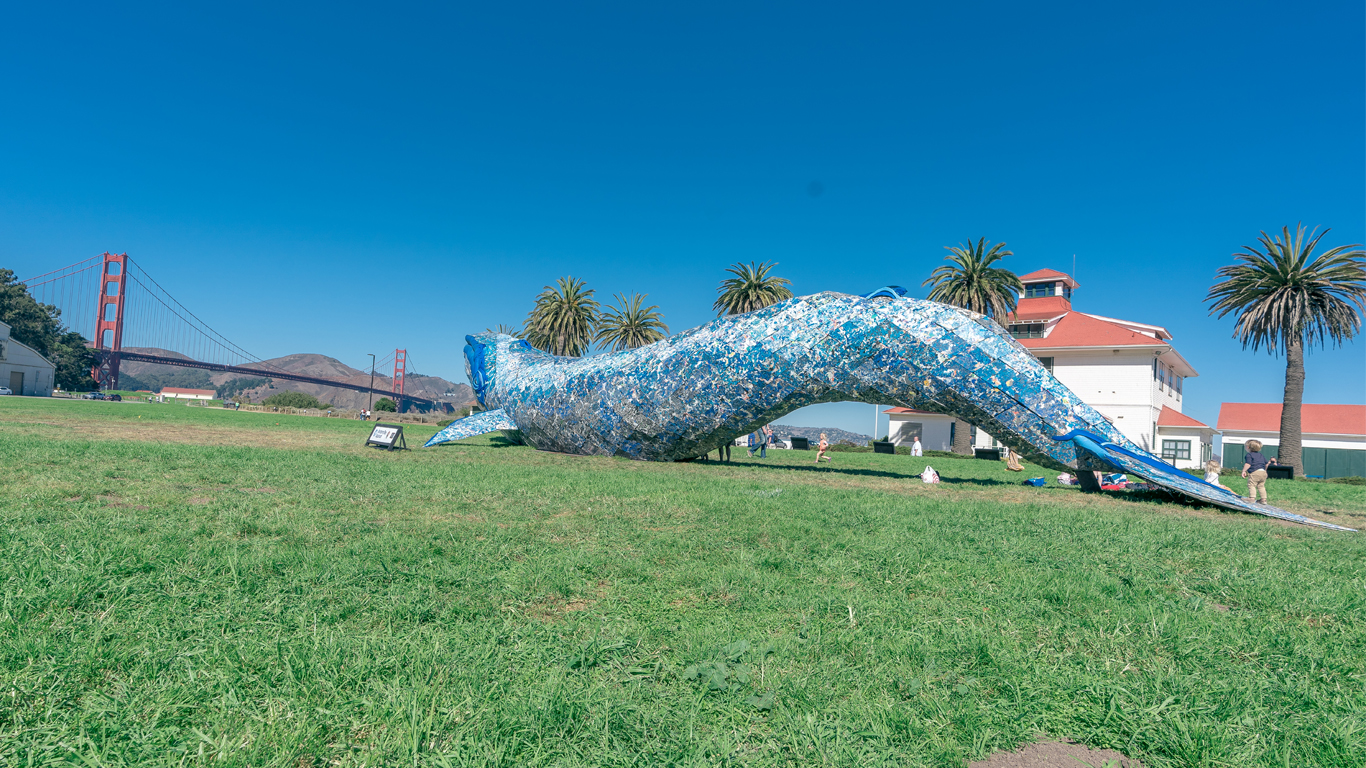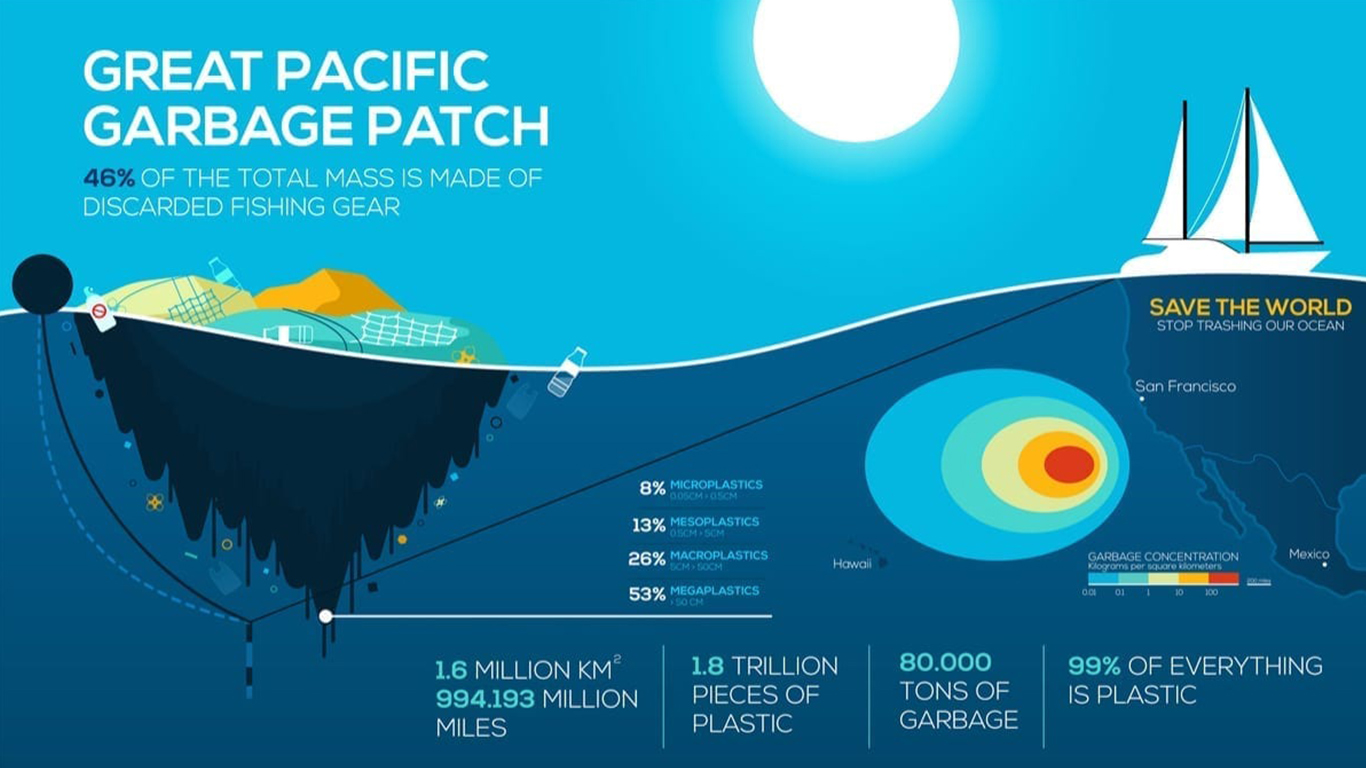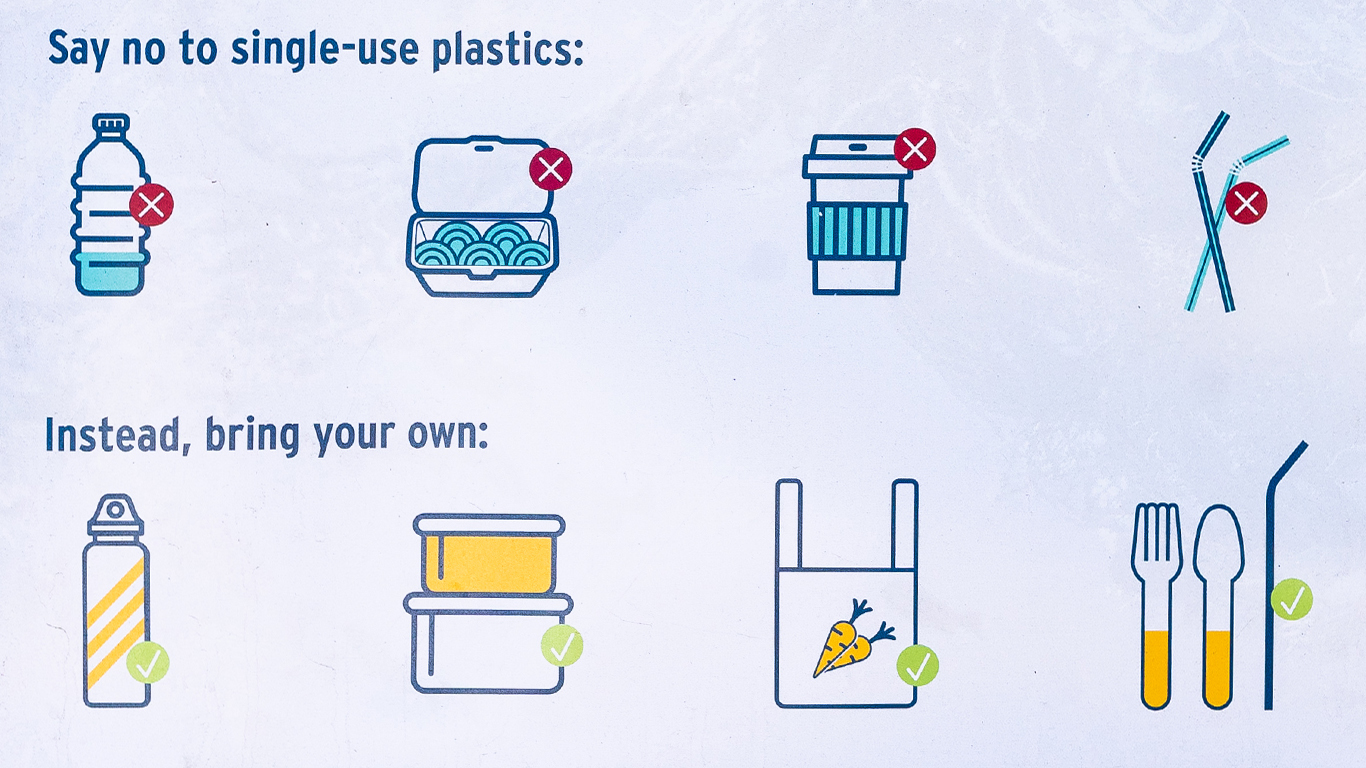Celebrate World Ocean Day and Protect Our Oceans
During our journey across the country, we made a playful discovery in San Francisco by coming across a giant life-size sculpture of an adult blue whale at Crissy Field near the Golden Gate Bridge. While our children were mesmerized by its size and their ability to play around it, the art piece served a higher purpose that shocked us.

The Monterey Bay Aquarium sponsored the installation to help raise awareness about the growing threat of plastic waste being dumped into our oceans. An adult blue whale weighs approximately 300,000 pounds, and almost every 9 minutes the same weight of plastic waste is dumped into our oceans. The artwork was made entirely by recycled plastic and was a compelling visualization that seemed to intrigue almost every passing pedestrian. It's a reminder why scientists also estimate that by 2050, there will be more plastic than fish in the world’s oceans.
Plastic is everywhere. Because the majority of plastic being made is for single use, it is quickly disposed into the trash, and once in the garbage, it doesn't disappear -- it continues to pile up on land and in our oceans. Today we make 20-times more plastic than we did in the 1960s with no sign of slowing down.

It's estimated that around nine billion tons of plastic reach our oceans each year. That waste often will cluster together forming large islands of garbage. A scary example of this clustering is The Great Pacific Garbage Patch (GPGP) which is located in the Pacific Ocean between California and Hawaii. It's estimated that the GPGP covers an estimated surface area of 1.6 million square kilometers, an area twice the size of Texas or three times the size of France.

Recycling alone won't solve this problem. The world is producing too much plastic and not enough resources to recycle it all. It's currently estimated that only 9% of the world's plastic is actually recycled. So what can we do? A great first step is to start voting with your wallet. Don't buy products with plastic packaging (they do exist), support stores that believe in greener alternatives like compostable containers, have a no plastic bag policy, or provide paper straws. Each purchase you make creates demand for ocean-friendlier alternatives. Some other great tips can be found in the graphic below:

While the stats may be daunting and the problem overwhelming, there is still time to make a change. We can save our oceans and recover from the damage. Each of us can be held accountable and start making changes in our daily lives to stop plastic from reaching our oceans. We can continue to educate ourselves and advocate for those who are fighting to make a change.
This year celebrate World Oceans Day on June 8th by volunteering, making changes to your daily routines and help spread more awareness by speaking with others. Take the time to learn more about technology that is helping solve these problems, like the Ocean Cleanup Project. Their team is on the cutting-edge of finding a solution to clean our oceans. Check out the video below that explains how they plan to help solve this problem:
Are you helping make a change and working to protect our oceans? Please contact us to see if we can help your team tackle this problem.



